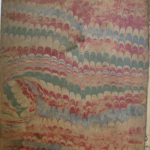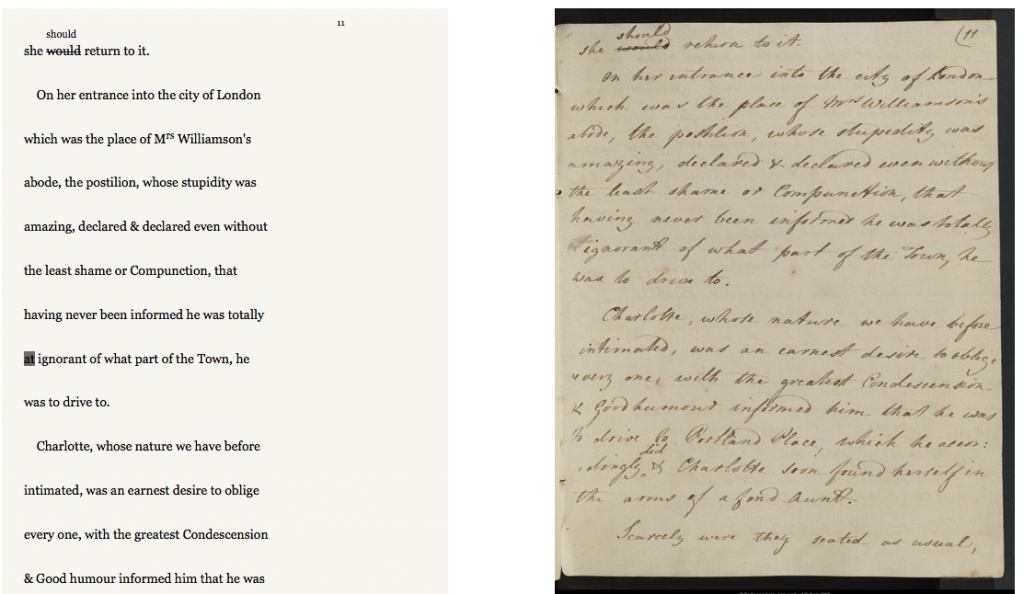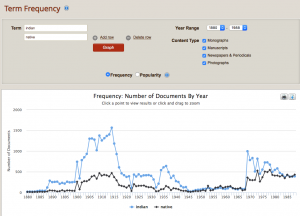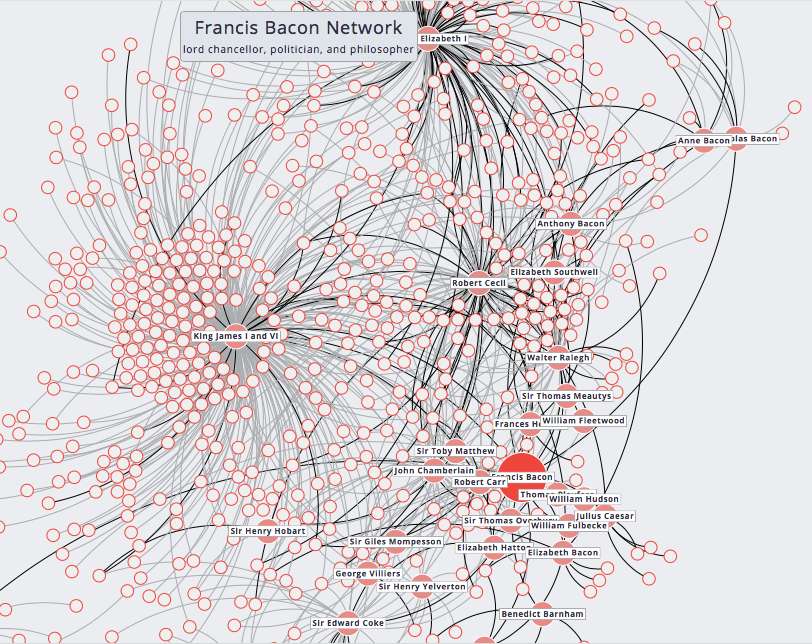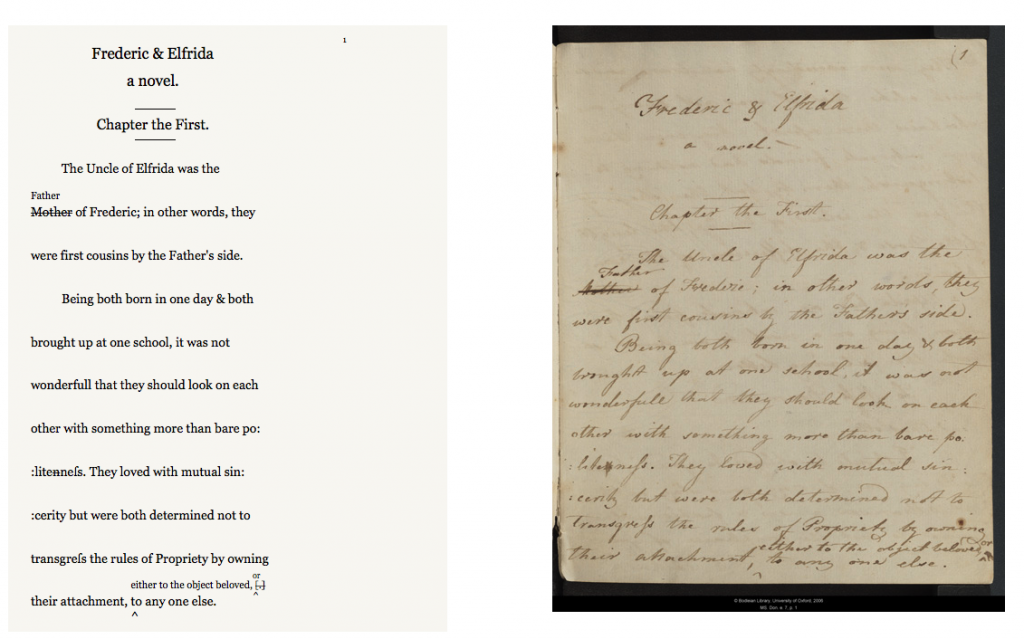In this group project, we transcribed the writing of Samuel Tippett. Below is a summary of his writing.
Samuel Tippett was born in year 1711 in Bitton. From his mentions of wanting to die, he appears to be depressed. He mentions that he wishes he had died earlier in life and talks about how he will go to hell. His father died from alcohol consumption when he was young, and he was raised by a single mother. His mother was strict on him but allowed him to go play with other boys. He lied and said nasty words when he was young. He regrets not practicing religion when he was younger as it could have helped him become a better person from the beginning. When he was 10 years old, he got more and more corrupt as he started working at a coal pit. His mother wanted him to become an apprentice, but he did not want to leave. Tippett got married in 1736 and had eleven children. He went to Hannam Mount and learned from a preacher that Jesus Christ would accept and forgive anyone, including sinners like him. He started fasting multiple times each week and prayed about a dozen times each day in the name of Jesus. He saw Christ not only as his savior but also his best friend, making complaints to him. He saw himself as having no friends other than Christ as He was the only person that could satisfy his poor heart. He became a part of a group that would gather and pray. He had found happiness in religion. Tippett spent a lot of time with his family as he grew older. He still prayed daily but wanted to be closer to Christ, he needed Christ as his life drew closer to an end. He needed his best friend and wanted to spend the rest of his time with Him.
Religion and faith gave Tippett hope in life. Before he turned to religion, he saw himself as a bad person, a sinner, someone who deserved to go to hell. Once he started praying, once he turned to Christ, he saw himself as a much better person than he used to be. His faith gave him a new perspective in life. If Jesus could forgive someone with such a poor heart as him, then maybe his life was worth living. He wished he was born in the time of Jesus as he would do anything even die for Him. Religion allowed him to be a new much happier and a better person.
Since he did not use any periods, we were unable to correctly examine how many sentences he had but his vocabulary density is 0.209, meaning he used 2 unique words for every 10 words he wrote. His total word count came to be about 3,800 words. Since he did not continue his education, he does make many spelling mistakes. Using Voyant and the tools it provides, we were able to do distant reading that Whitley talked about. We are able to analyze words like we would numbers and data. We were able to use it to do spatial reading where we could find words and phrases and the patterns between them. This helped determine what Tippett’s intention and overall tone was for the writing. We used these digital tools to complement the old text to gain an understanding on the writing.

Through this Cirrus, we can see that a few of his most frequent words are heart, times, time, love, Jesus and poor. As with most transcription done in class, it is not surprising that Jesus fell into this list. We know that Tippett became a religious man and changed himself. This tool just allows us to see his other most frequent words.

The Collocates tool allows us to see words that were connected and most frequently used in the range of each other. He used “poor” and “heart” together many times to refer to himself. He used “love” and “Jesus” to show that he loved Jesus and in return he knew Jesus loved him, no matter how much he had sinned in the past.

If we look at this relative frequency trend, we can see similar patterns to ones we see in the two previous tools. We see that soon after he starts using “Jesus” or “Christ”, he starts to use “love”. We can see the trends of the frequency of the most frequent words. His usage of “time” or “times” does not appear to correlate with other words most frequent words, but they do appear with less used words.
We transcribed Samuel Tippett’s writing and digitalized it. Using this digital edition of the writing, we analyzed it to conclude that turning to religion turned Tippett’s life around. He became a happier person and seemed to have found a purpose in life being a follower of Christ.
Bhagawat Acharya is a Computer Science major at Bucknell University. He is interested in working at a cyber security firm after graduating from Bucknell University in 2020. Currently, he is a junior fellow for the Discovery Residential college.
